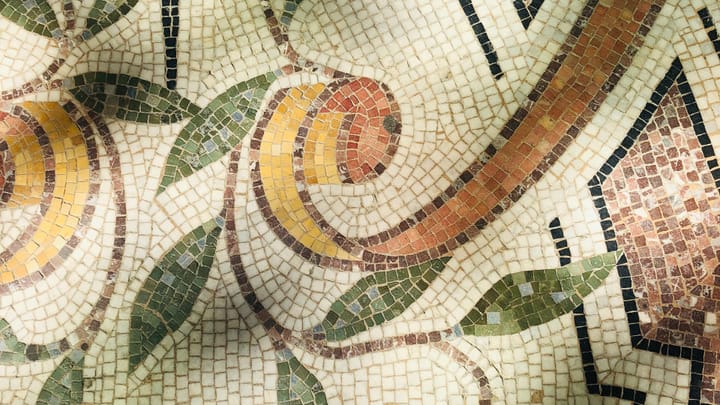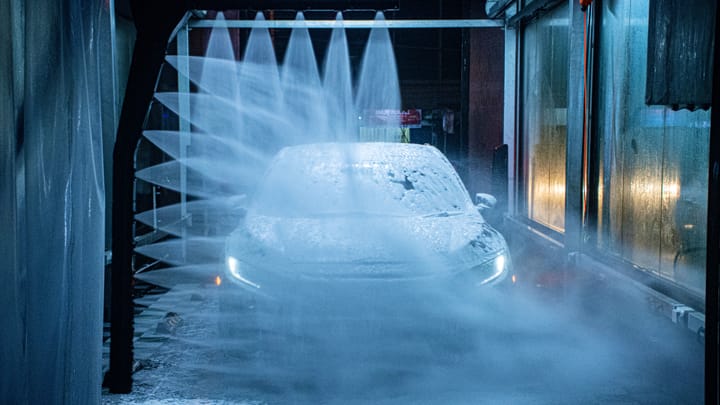What connects us reminds us of our responsibility to look after each other.
I used to get annoyed by the visual clutter of telephone poles, electrical lines, and coiled-up data cables that line the streets of our neighborhood. (Insert elderly curmudgeon joke here.) But nearly 15 years into living on our block, my heart has softened to these ugly ducklings.
In an era of algorithmic curation, Amazon Prime, DoorDash, and Netflix, the horizontal lines of electrical wires visually represent how our homes are still interconnected with our neighbors. It feels strangely physical in a wireless world.
The quiet moments after a severe thunderstorm knocks a tree onto a power line have become a holy ritual. As if drawn by some primordial force, neighborhood dads emerge from their dwellings one by one to perform the sacred dance. We lean back, look at the sky, squint, and then yell stuff like, "Do you guys have power? Did you lose any trees? Do you need to borrow a chainsaw? Hell of a storm, huh? Hell of a storm..."
We are all affected by what happens next door or down the street. When electrical wires are buried, it doesn't change our interconnectedness and our mutual dependence on a utility, but it does remove the visual reminder that this is happening at all. In a world of wireless everything, wires press against our perceived independence—tethering us to the shared project of building and sustaining a place. It's an ugly with redeemable qualities.
In an essay on infrastructure for Comment magazine, Debbie Chachra put it this way:
Every human being has a body with similar needs, embedded in the material world at a specific place in the landscape. This requires a different relationship with each other, one in which we acknowledge and act on how we are connected to each other through our bodies in the landscapes where we find ourselves. We need to have a conception of infrastructural citizenship that includes a responsibility to look after each other, in perpetuity. And with that, we can begin to transform our technological systems into systems of compassion, care, and resource-sharing at all scales, from the individual level, through the level of cities and nations, all the way up to the global.
I love how Chachra frames her piece. We need infrastructural citizenship that includes a responsibility to look after each other in perpetuity. I think the old-fashioned word for that is neighbor.
Sometimes, the "horizontal lines" of things like shoveling sidewalks are just what we need to draw us out of our self-absorption—the perfect, ugly, inconvenient interruptions that remind us we are part of a community. That we are all passing through this life and will hand it to another generation of neighbors. And that we create something otherwise impossible when we knit ourselves together.






Comments ()